Three months postpartum, I was invited to fly to Vegas for a work trip. I’d been deep in maternity leave mode, living in spit-up-stained sweats and Googling things like “how long is cluster feeding supposed to last?”. So, the idea of using my brain for something non-baby related actually felt thrilling. I said yes immediately.
And then the panic set in.
How was I going to get my breast milk home?
I’d read the TSA horror stories– moms being forced to check their milk, questioned endlessly, or worse, turned away altogether. There was zero chance I was handing over my stash to the luggage carousel gods. Breast milk is liquid gold, which makes it completely irreplaceable. If it got lost, there’s not an airline in the world that could make that right.
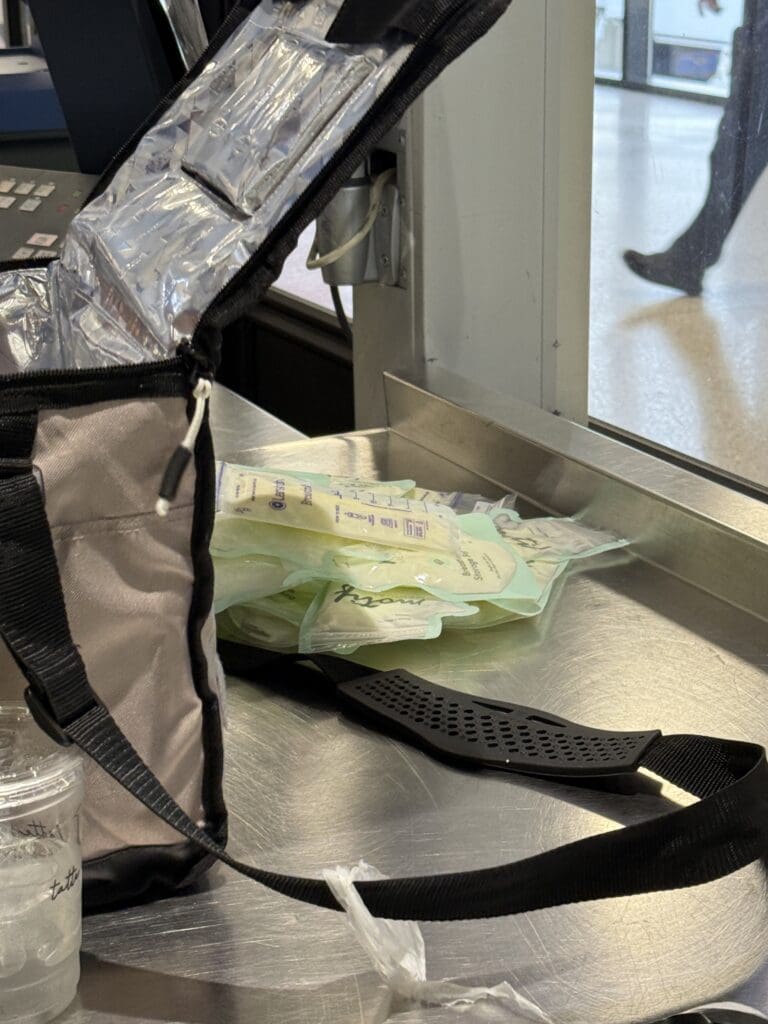
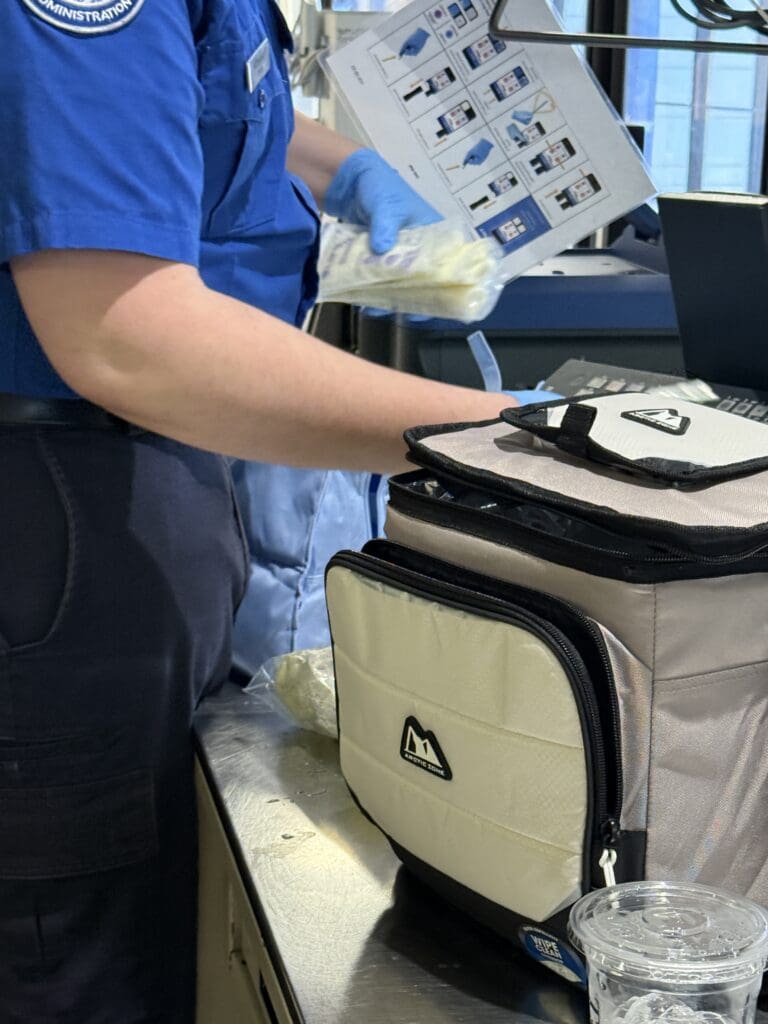
What I Wish I Knew Before Flying With Breast Milk: My Top 10 Takeaways
- There’s no limit on how much breast milk you can carry on.
TSA allows any quantity of breast milk in your carry-on, even if it’s over 3.4 oz, and it doesn’t need to fit in a quart-sized bag. - You don’t need to be traveling with your baby.
This is one of the most common misconceptions. Breast milk counts as a medically necessary liquid whether or not your child is with you. - Frozen or fresh milk is allowed.
TSA doesn’t differentiate in terms of rules, but traveling with frozen milk makes everything faster and smoother. (More on that below.) - Freeze your milk flat.
Lay each storage bag flat on a plate or tray in your freezer. You’ll save so much space, and it’s the only way I fit 200+ oz into four coolers. - Invest in the right cooler.
Leakproof zipper, closed-cell rubber foam lining, serious insulation. I used this **Freezable Breastmilk Cooler and it kept my milk frozen for 10 hours. I have also heard great things about the YETI Daytrip Tote Bag, which I’ll probably try on my next trip. There’s also a Yeti backpack if you want to save your shoulder. The downside of only using a cooler is that you won’t be able to put your pump, bottles, etc., in there. - Limit opening the cooler.
Every time you open the cooler, you’re letting in warm air. Only open it one time when the TSA agent checks your milk. It’s incredibly tempting to check your milk, but don’t do it! Keep that cooler CLOSED! - TSA will inspect your milk.
If it’s frozen solid, they’ll just visually check it. If it’s liquid, expect additional testing. I highly recommend freezing everything if you can. - Advocate for your milk.
Ask TSA to put on fresh gloves. Watch them during screening. It’s not about being difficult, it’s about protecting your hard earned stash. - Freeze it all, if possible.
Liquid milk means more time at security and the possibility of having to open a bag. When it’s frozen, the screening is faster, less invasive, and less likely to compromise your milk’s safety. - Know your rights and be ready to quote them.
TSA’s website clearly states that breast milk, formula, and ice packs are allowed in “reasonable quantities.” I saved a screenshot in my phone just in case. You shouldn’t have to explain yourself, but sometimes you do. Being prepared can make the process smoother. Here’s TSA’s full policy on breast milk, straight from the source. It’s always worth bookmarking or screenshotting just in case you need to reference it at the airport.
DOES MY BREASTMILK BAG COUNT AS MY CARRYON?
Nope. Breast milk is classified as a medically necessary liquid, which means it doesn’t count toward your carry-on limit. This also includes ice packs, gel packs, and your breast pump or cooler bag. I had a total of 3 bags I brought onto my Delta flight. (A backpack as my personal item, my Away Luggage Carry on, and a duffel bag full of all my medically necessary supplies). Most U.S. airlines allow you to bring medically necessary items in addition to your standard carry-on and personal item, no extra fees. That said, it’s always smart to double-check with your airline before flying.

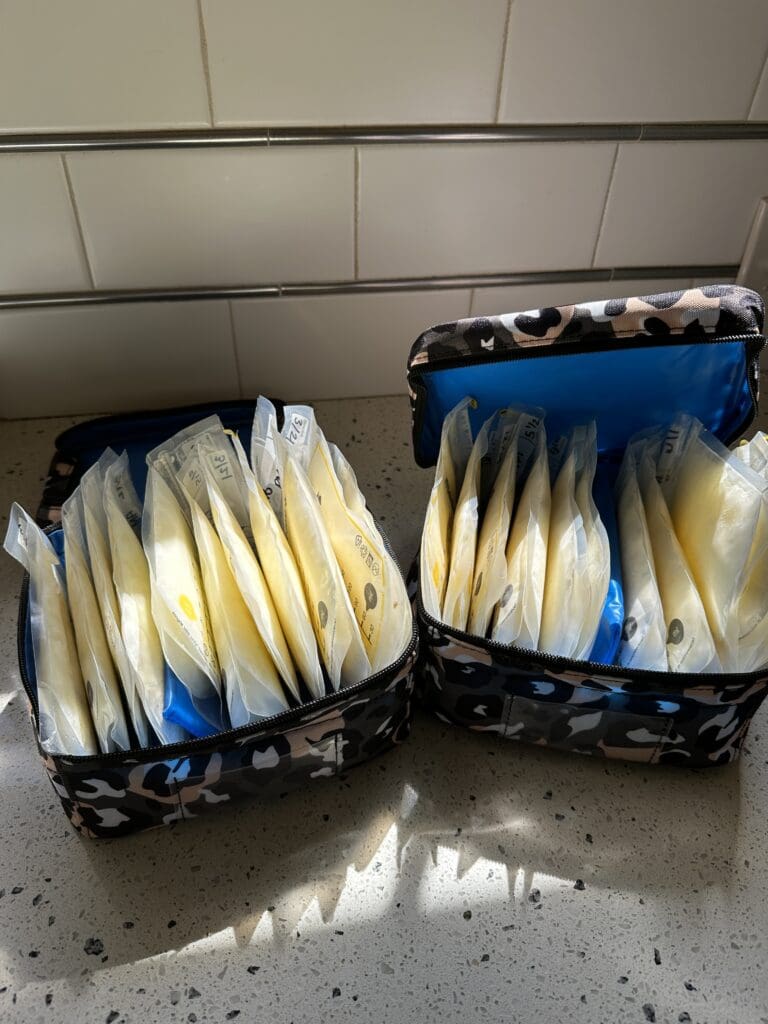
HOW SHOULD I TRANSPORT MY MILK?
I brought back just over 200oz, and on average, 5oz – 7oz in each plastic bag. I used the **Medela Easy Pour Breastmilk Storage Bags** and put them inside this **Freezable Breastmilk Cooler.** I ordered 5 coolers, but ended up only using 4. (I would highly recommend freezing for 24 hours before use). I was able to place about 50oz of milk in each of these coolers. They can be used for bottles as well if you don’t store in freezer bags. I really liked that these coolers compact down when not in use, which meant less space used on the trip down.

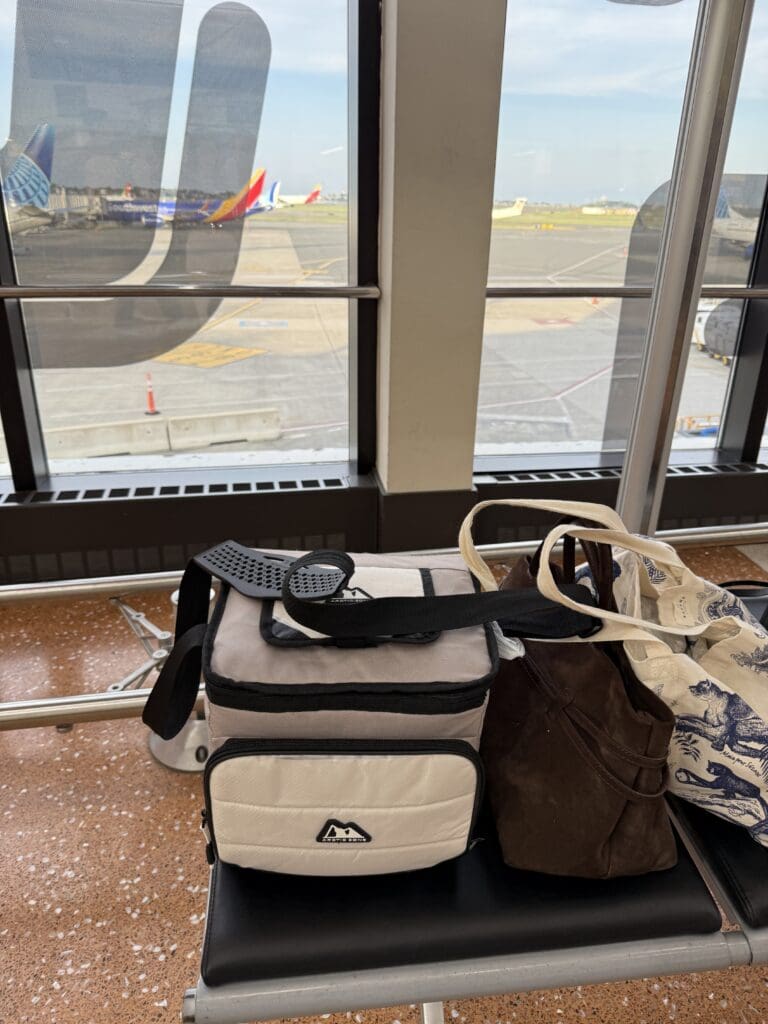
TSA does recommend that breast milk be transported in clear, translucent bottles and not plastic bags or pouches. For me, I wanted to freeze my milk in case something happened like a delay, so bottles were out of the question, espeically because I wasn’t going to keep a stash of frozen bottles in my freezer.
WHEN YOU ARRIVE AT TSA:
Inform the TSA agent that you have breastmilk with you before you go through the screening. You have the right to decline that your milk goes through x-ray if you prefer. TSA claims that X-ray machines do not adversely affect food or medicines, but I still chose to opt-out and did not have my milk go through x-ray. This did mean I had to go through some additional screening.
HOW DO THEY TEST YOUR MILK?
If you refuse the Xray like I did, TSA will take your milk for additional testing. They opened every frozen cooler I had of breast milk (which I didn’t love since that did let out cold air), and did swabs at random of a few of my frozen milk pouches.
If you can, freeze all of your milk. I had 2 bags of milk that I pumped that morning so I didn’t have time to freeze it. It made the process a bit longer, as the TSA agent made me open one of those bags to waft a test strip above it. If the milk is frozen, they told me they do not do that additional testing. The TSA agent told me it makes the process much faster and less time consuming / invasive if all the liquid is frozen.
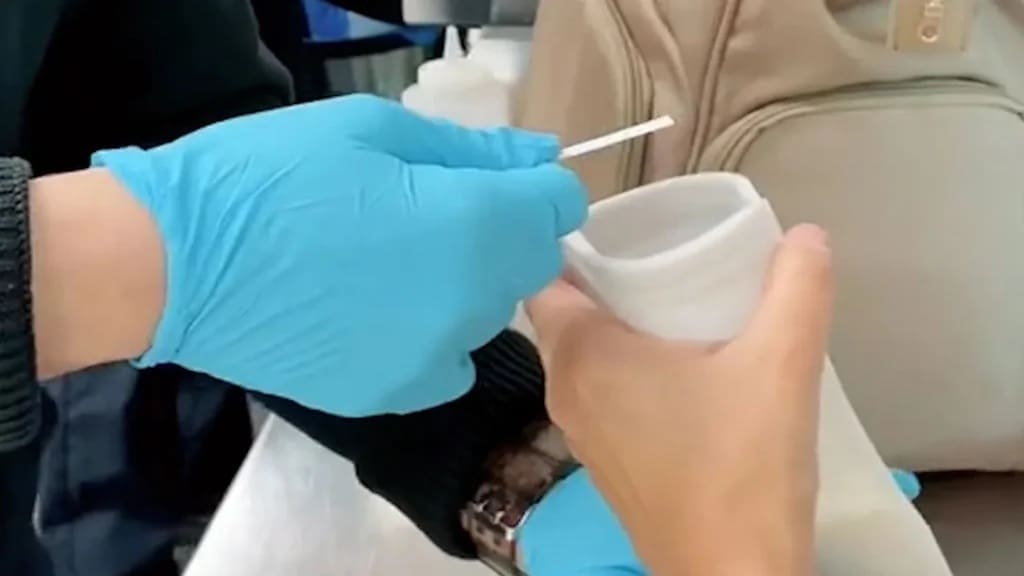
This is what TSA says: Liquids in plastic bags or pouches may not be able to be screened by Bottle Liquid Scanners, and you may be asked to open them (if feasible) for alternate screening such as Explosive Trace Detection and Vapor Analysis for the presence of liquid explosives. Screening will never include placing anything into the medically necessary liquid. When they asked me to open my bag of milk, I thought they were going to stick the strip INTO my milk. They quickly assured me that was not the case.
How Much Time Should I Add For Screening?
It only took me an additional 10 minutes of screening time to my TSA security check. The process was simple, and went much faster than I expected.
Did My Milk Make It?
Yes! The whole travel day was 8 hours, and most of my milk was still completely frozen. The bags on the outside were starting to thaw, but very minimally and definitely within the safety zone, so I was able to refreeze all of my milk with no incident.
What gave me peace of mind in this was having read that partially thawed milk can be refrozen. Here’s a general rule of thumb.
- **Partial Thaw:**If the milk is still slushy and contains ice crystals, you can refreeze it.
- **Complete Thaw:**Once all ice crystals have melted, the milk is considered completely thawed.
- **Refreezing Thawed Milk:**After being completely thawed, breast milk should not be refrozen.
- Storage of Thawed Milk: Thawed breast milk can be stored in the refrigerator for up to 24 hours, according to the CDC.
Final Takeaways
If you’re flying with breast milk, here’s what I’ll leave you with:
- Prepare as much as possible. Knowing the TSA rules ahead of time makes the process so much less stressful. Screenshot them. Save them. Print them if you need to.
- Frozen milk is your best bet. It keeps things simple, secure, and speeds up screening. If you can freeze it, do it.
- Your milk is worth advocating for. It’s not “just liquid.” It’s hours of effort and planning. You have every right to protect it and every right to carry it.
Traveling with breast milk isn’t easy, but it’s absolutely doable. With the right prep (and a fully frozen stash), you’ve got this Momma.
Disclosure: This is a review blog which may get compensated for the products reviewed by the companies who produce them. All of the products are tested thoroughly and I only endorse products I believe in. I am an independent blogger and the reviews are done based on my own opinions.

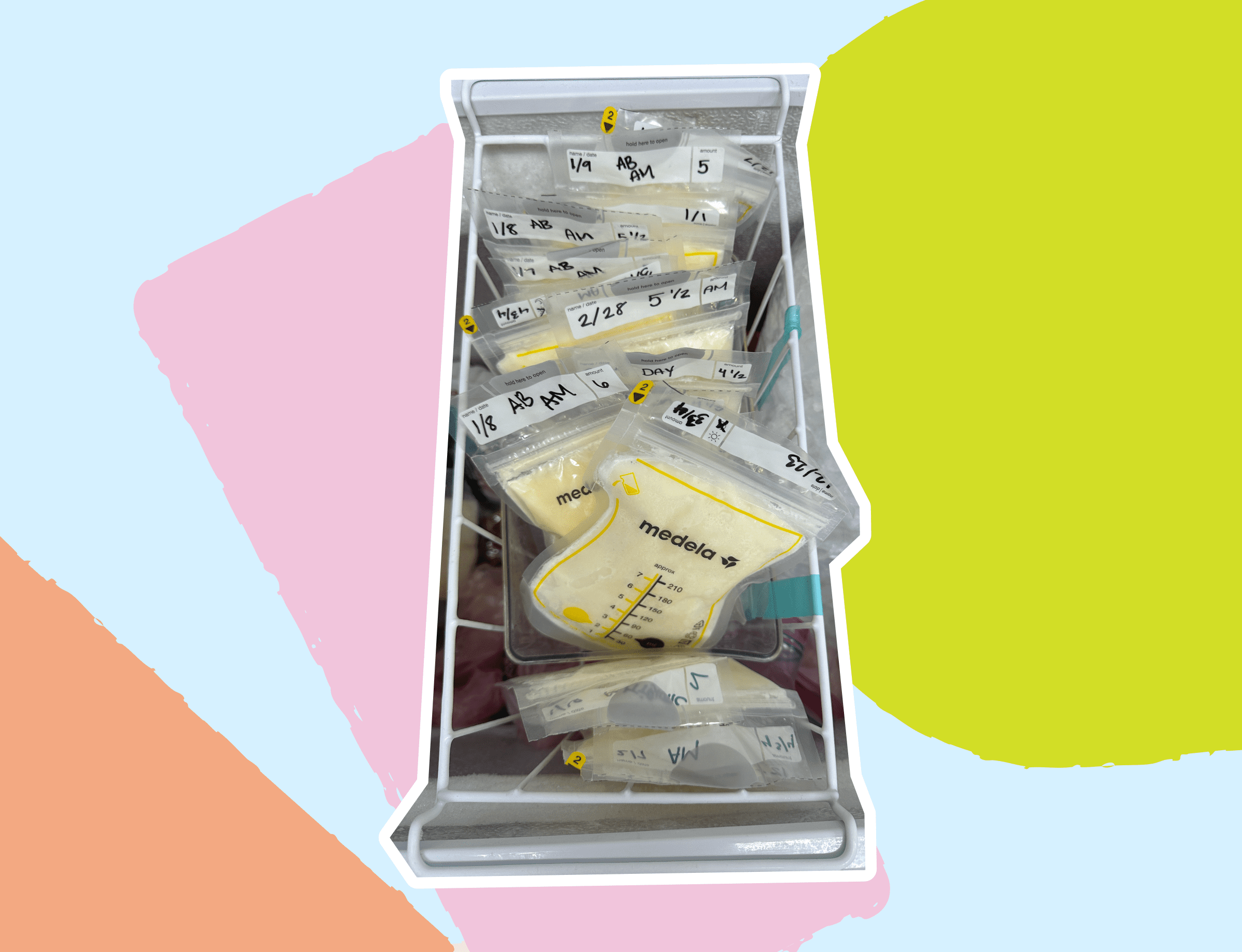
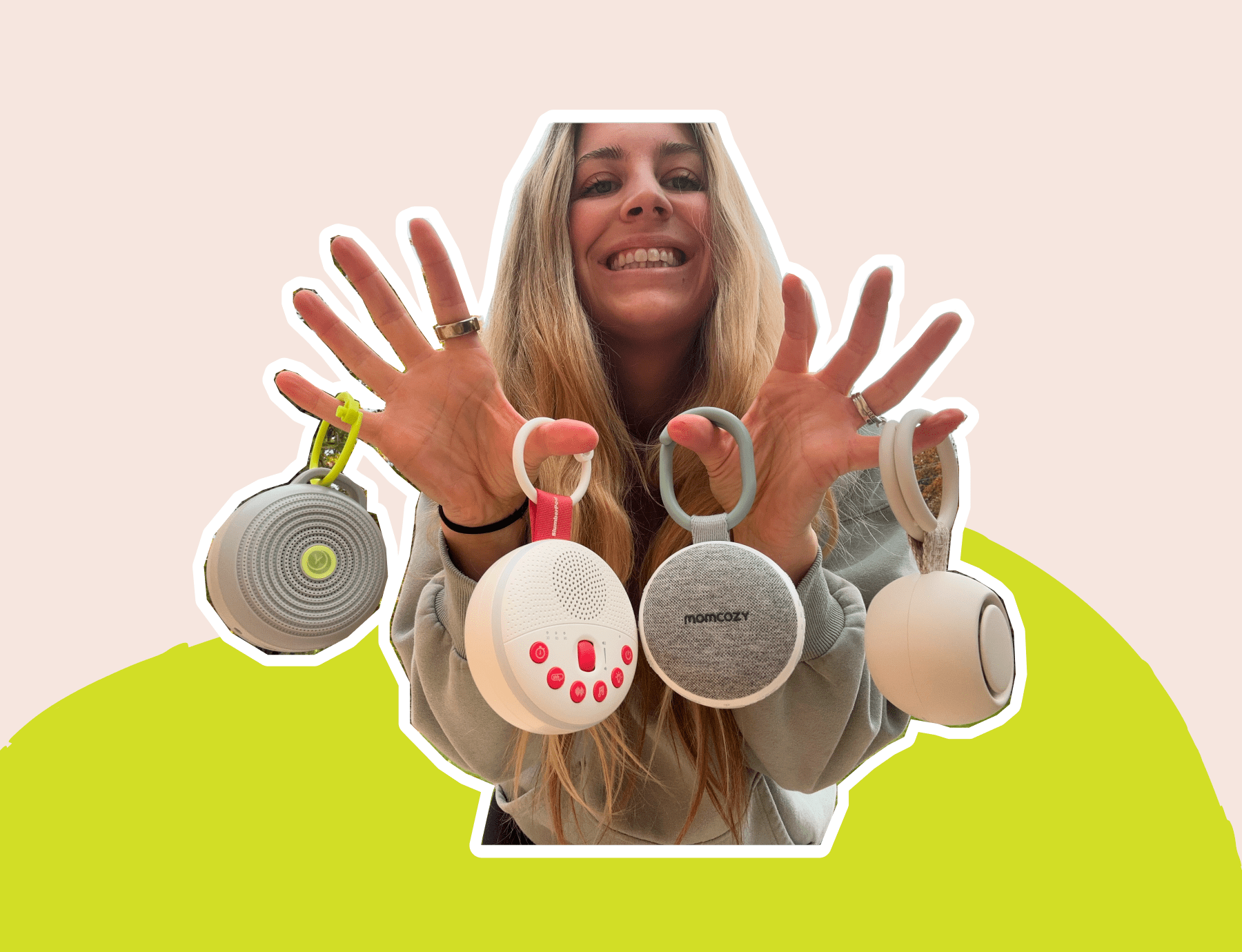



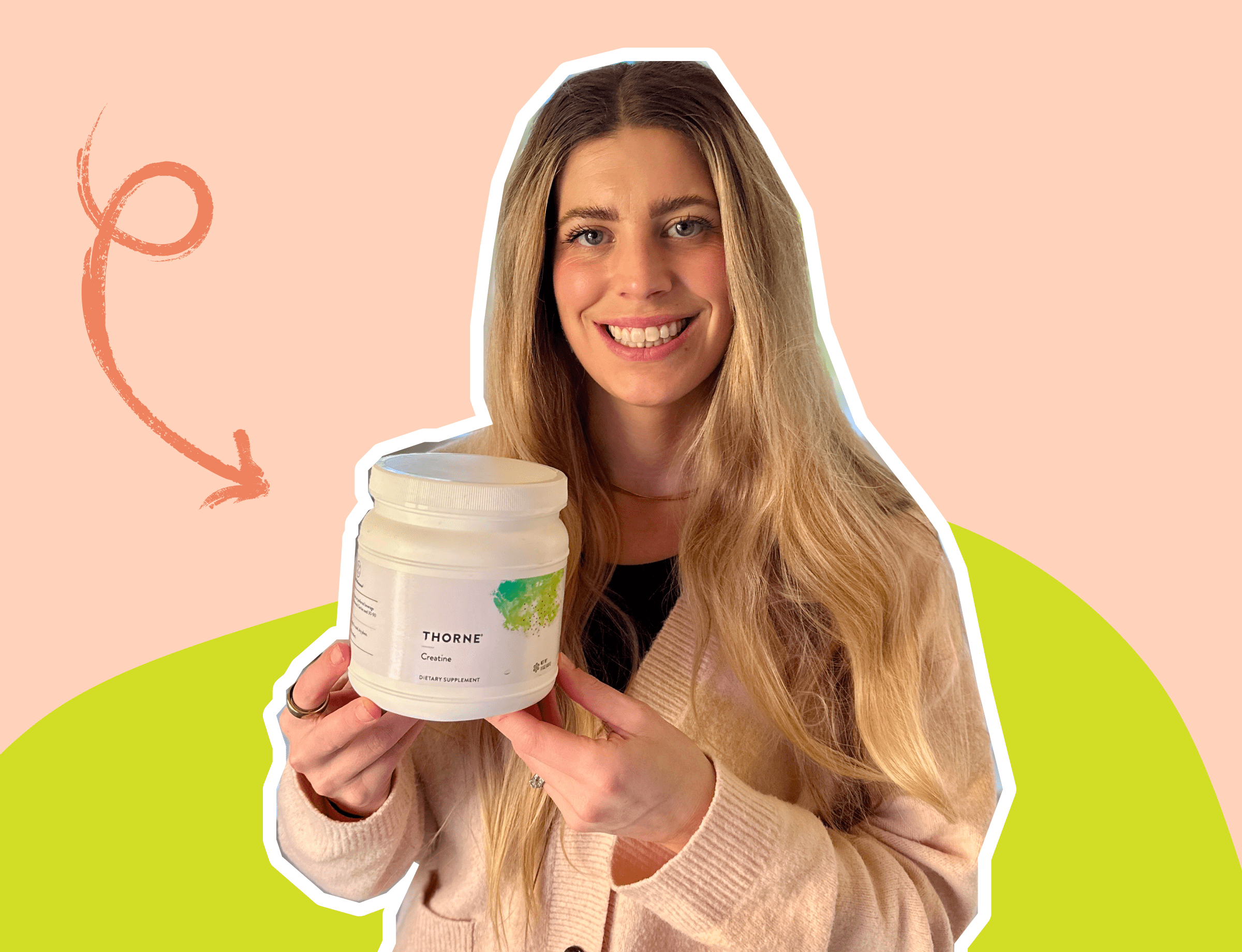



View comments
+ Leave a comment